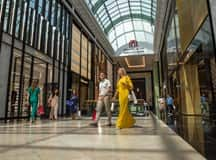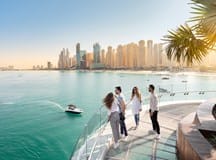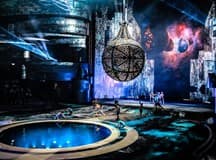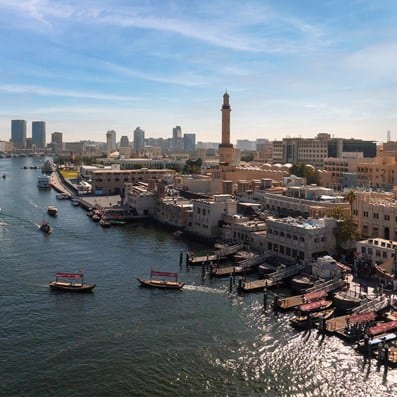Arts & Culture
Five things you didn't know about Dubai Creek
Mon, April 21, 2025
You may already be familiar with Dubai Creek as the cultural heart of the city, but there’s so much more to appreciate.
You may already be familiar with Dubai Creek as the cultural heart of the city, but there’s so much more to appreciate.






